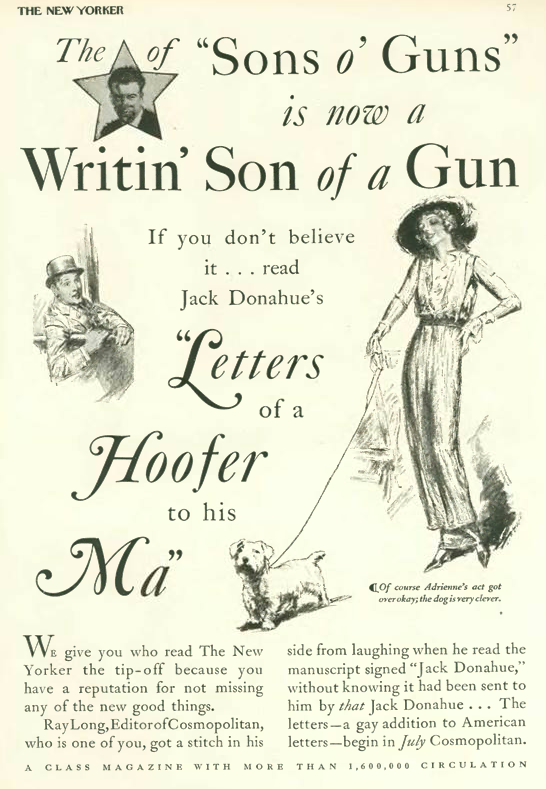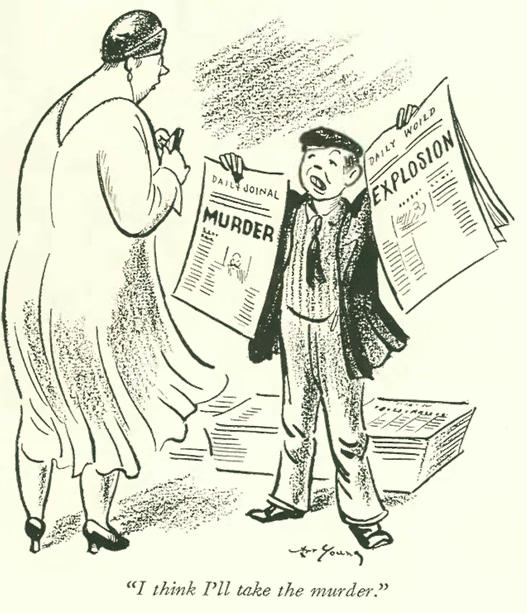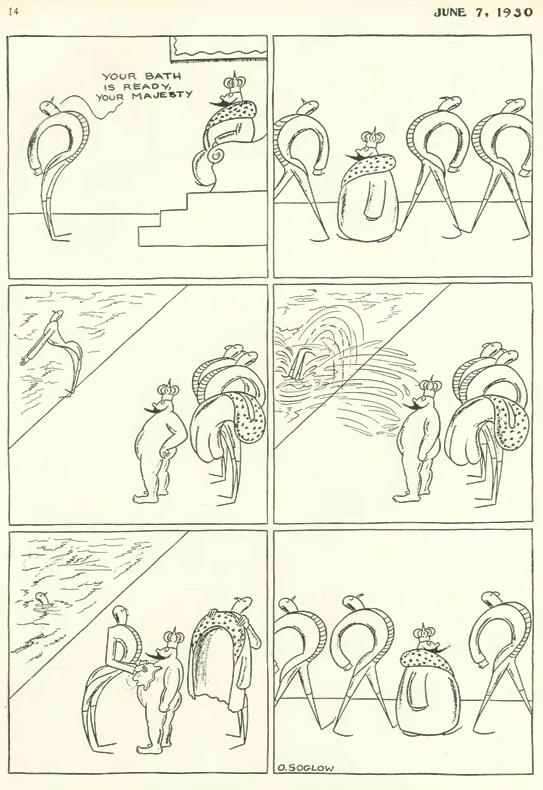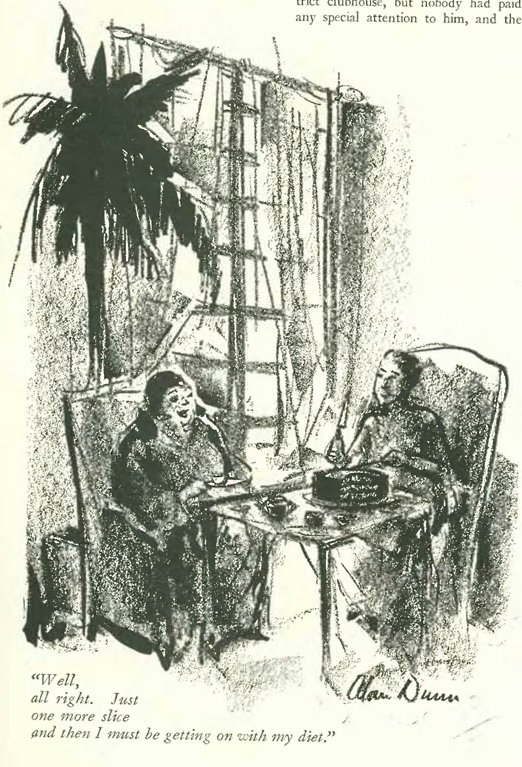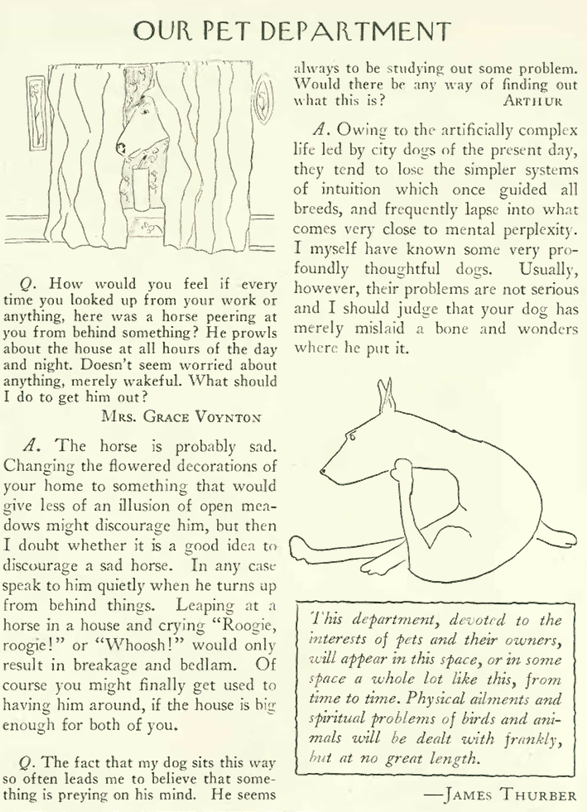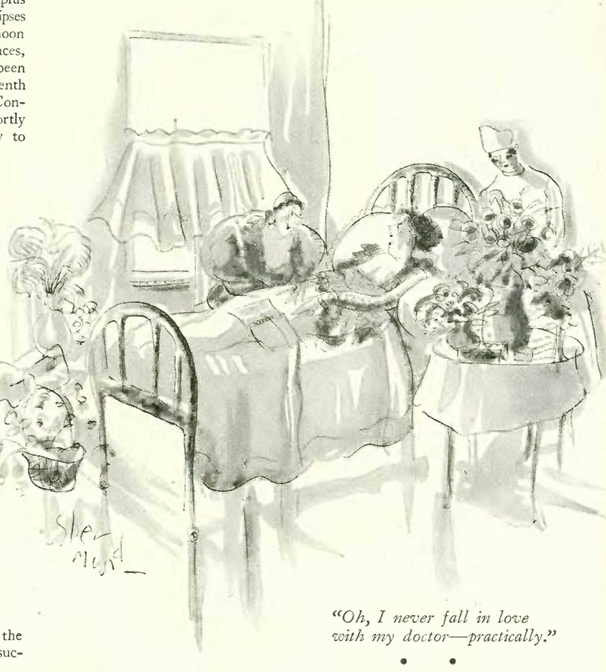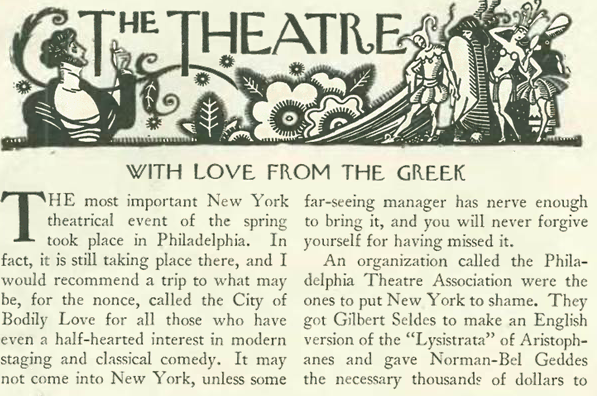The annual Salon of the Société des Artistes Décorateurs in Paris reflected the growing importance of design as a profession, although it was primarily attuned to an affluent urban elite. Then along came the Germans.

A radical new wind blew through Paris in 1930 when Bauhaus designers were invited to exhibit in their own special section at the Salon. According to The New Yorker’s Paris correspondent Janet Flanner, the Germans put on a display in their Section Allemande that left some French designers scratching their heads.




Many critics and commentators at the time characterized the Salon as a nationalistic showdown between French luxury decor and German efficiency and standardization. Flanner suggested that while the Germans seemed to be throwing out the rule book, the French were accepting modernity at a much slower pace:

Of course we know how this story in turns out. In just three years the Nazis would shut down the Bauhaus, scattering its faculty and students abroad, including many to America, where they would find fertile soil to continue their work and eventually spread their design philosophy and aesthetic (for better or worse) across the U.S. and to every corner of the world.
* * *
A Gay Old Time
New Yorkers could escape the summer heat by taking in the latest incarnation of the Garrick Gaities at Broadway’s Guild Theatre. Character and voice actor Sterling Holloway Jr., (1905-1992) best known today as the voice of Disney’s Winnie the Pooh, appeared in all three Garrick Gaiety revues (1925, 1926, 1930), which were staged as benefits for New York’s Theatre Guild. Robert Benchley offered this review:

Another familiar face in the Garrick Gaieties was Imogene Coca (1908-2001), a pioneer of early television (with Sid Caesar on Your Show of Shows) who is best known today for her role as Aunt Edna in National Lampoon’s Vacation (1983).

* * *
Ahh-Choo
A child of New York City’s suburbs, E.B. White developed a love of the natural world thanks to a severe bout of hay fever he had as a child — on the advice of a doctor, he was sent to Maine for the summer. White’s allergies, and his love of country living, would prompt him to buy a summer residence on the Maine Coast in 1933. He and his wife, New Yorker writer and fiction editor Katherine Angell White, would make it their permanent home four years later. In 1930, however, White was still putting up with the bad summer air of the city:

* * *
It Didn’t Work Then, Either
Some things never change. The Hawley–Smoot Tariff Act, sponsored by Representative Willis C. Hawley and Senator Reed Smoot and approved June 17, 1930, raised tariffs on more than 20,000 imported goods. Promoted as a way to protect American businesses and farmers, it put additional strain on international markets already reeling from the effects of the Depression. A resulting trade war severely reduced imports and exports. Writing for “The Wayward Press,” Robert Benchley (under the pen name Guy Fawkes) shared these observations:
* * *
How Dry I Ain’t
Despite his sober demeanor, Henry Hastings Curran (1877-1966) was a champion for those seeking the repeal of Prohibition laws. A longtime city manager in several roles, in 1930 he was president of the Association Against Prohibition Amendment. According to profile writer Henry Pringle, Curran predicted the end of Prohibition in five years. Happily for the wet side, they would get their wish in just three. A brief excerpt from the profile, titled “The Wet Hope.”

* * *
From Our Advertisers
The Hotel Algonquin ran a series of ads in the back pages of The New Yorker that capitalized on its reputation as a place where stars and other notables gather. And although the Algonquin Round Table was a thing of the past, the hotel made sure to showcase names forever associated with the famed table, including Robert Benchley and the hotel’s manager, Frank Case…
…hoping for some crossover interest from New Yorker readers, William Randolph Hearst’s Cosmopolitan (then a publisher of fiction, not sex tips) promoted this fictionalized autobiography of a famous tap dancer in this full page ad…
…introduced in 1924, Kleenex was originally marketed as a cold cream remover, and not as something you would blow your nose into, for goodness sake…
…however, after 1930 Kleenex was being marketed with the slogan “Don’t Carry a Cold in Your Pocket”…

…and artist Carl Erickson remained busy making Camel cigarettes look so darn appealing…
…from Macy’s we have a jolly ad illustrated by Helen Hokinson…
…and for our cartoons, Peter Arno, and an awkward moment in a parking lot…
…Reginald Marsh visited Coney Island…
…fresh off his first “Little King” strip for The New Yorker, Otto Soglow returned with this wry observation…
...Garrett Price looked in on a clash of cultures at a golf course…
…Barbara Shermund found a bit of trouble at home…
…while Art Young offered this woman a choice of her daily mayhem…
Next Time: Robeson’s Othello…







